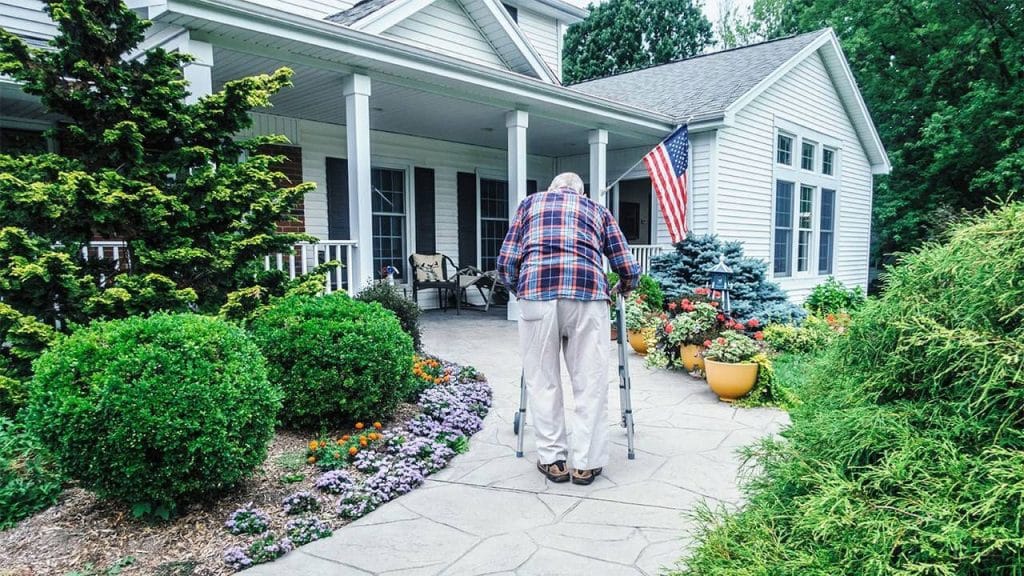We may be living longer, but sometimes technology and medicine struggle to keep up. What many people are hoping for is agetech that can allow them to “age in place”, to remain in their homes living independently even as they grow older. Can the agetech currently being developed help achieve this lofty goal (https://longevity.technology/news/aging-in-place-is-the-holy-grail-of-agetech/)?
It would probably help if we started by defining agetech. It’s actually a pretty broad category. Any digital technology that alleviates the impact of aging could come under the agetech label. The most important thing is that it’s designed both with and for aging people. As important as accessibility technology and digital health are more generally, and as beneficial as they can be to the elderly, agetech is aimed very specifically at age-related needs.
Automated processes and robotics are some of the most common forms of agetech. If agetech can reduce the need for manual work by aging people and their carers, it means they can spend more time on leisure and socialization and less on the onerous tasks of the day-to-day – tasks that can have a detrimental impact on health.
For agetech to effectively allow people to age in place, it’s vital to work directly with aging people. Meeting people’s accessibility requirements is impossible without asking them what they need. This is the only way to accurately identify problems, then create solutions tailored to their specific circumstances and without inadvertently causing more problems.
Some elderly people have trouble with their eyesight or their hearing. They may have mobility issues or suffer from chronic pain. Memory and mood can both suffer. Understanding all these different possible issues and how they intersect is the first step in finding ways for people to manage them so they can maintain their independence.
Age is no longer just a place where people go to die. Not only are people living longer, but they are staying in work for longer. Learning is something that can take place across a whole lifetime. Even if you can no longer perform manual labor, there may be jobs available for you if the technology is there to help your education.
People who age in place and manage to maintain their independence and stay in their own homes tend to be both healthier and happier. Helping more people achieve that aim is certainly a worthy goal for agetech.




